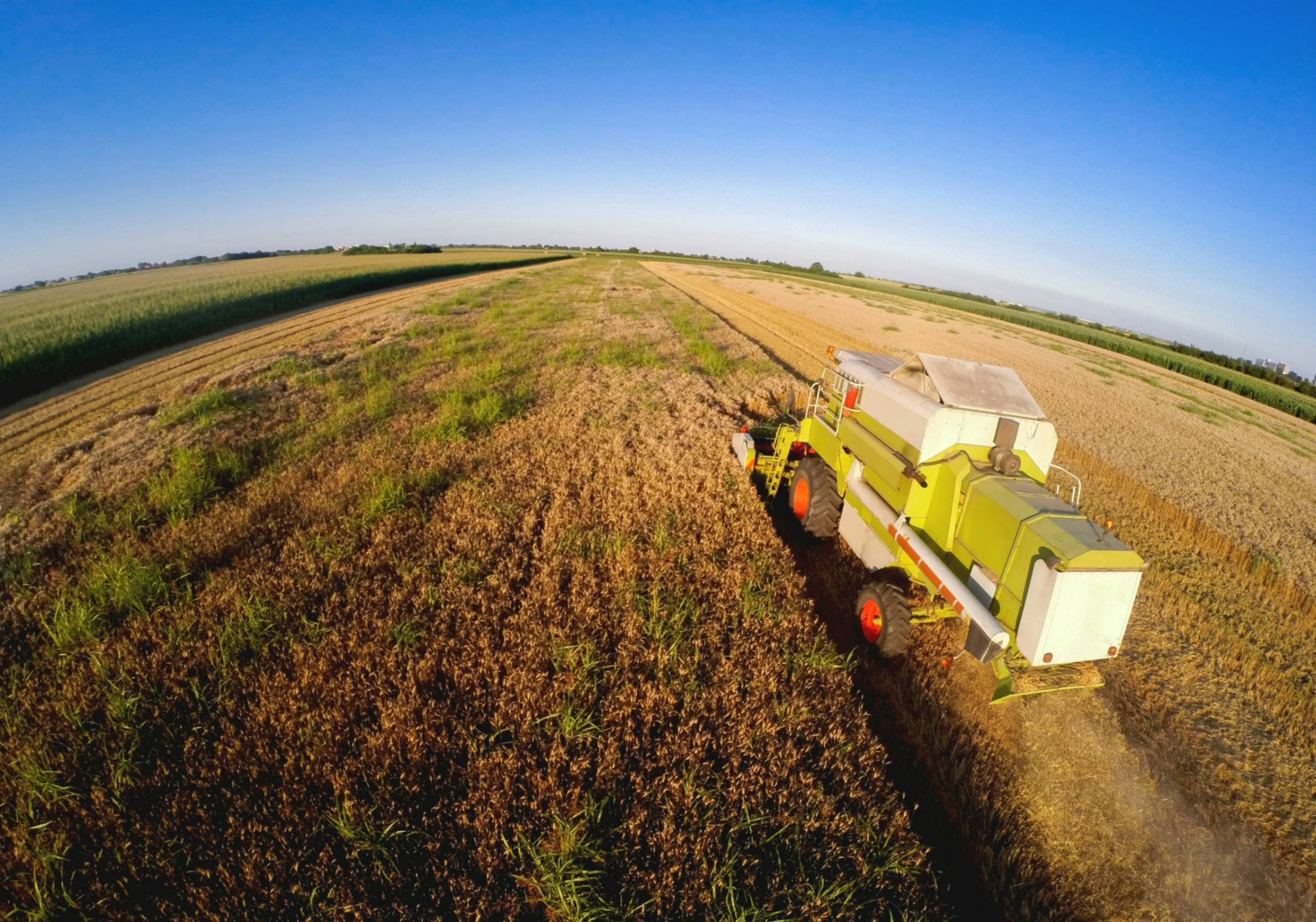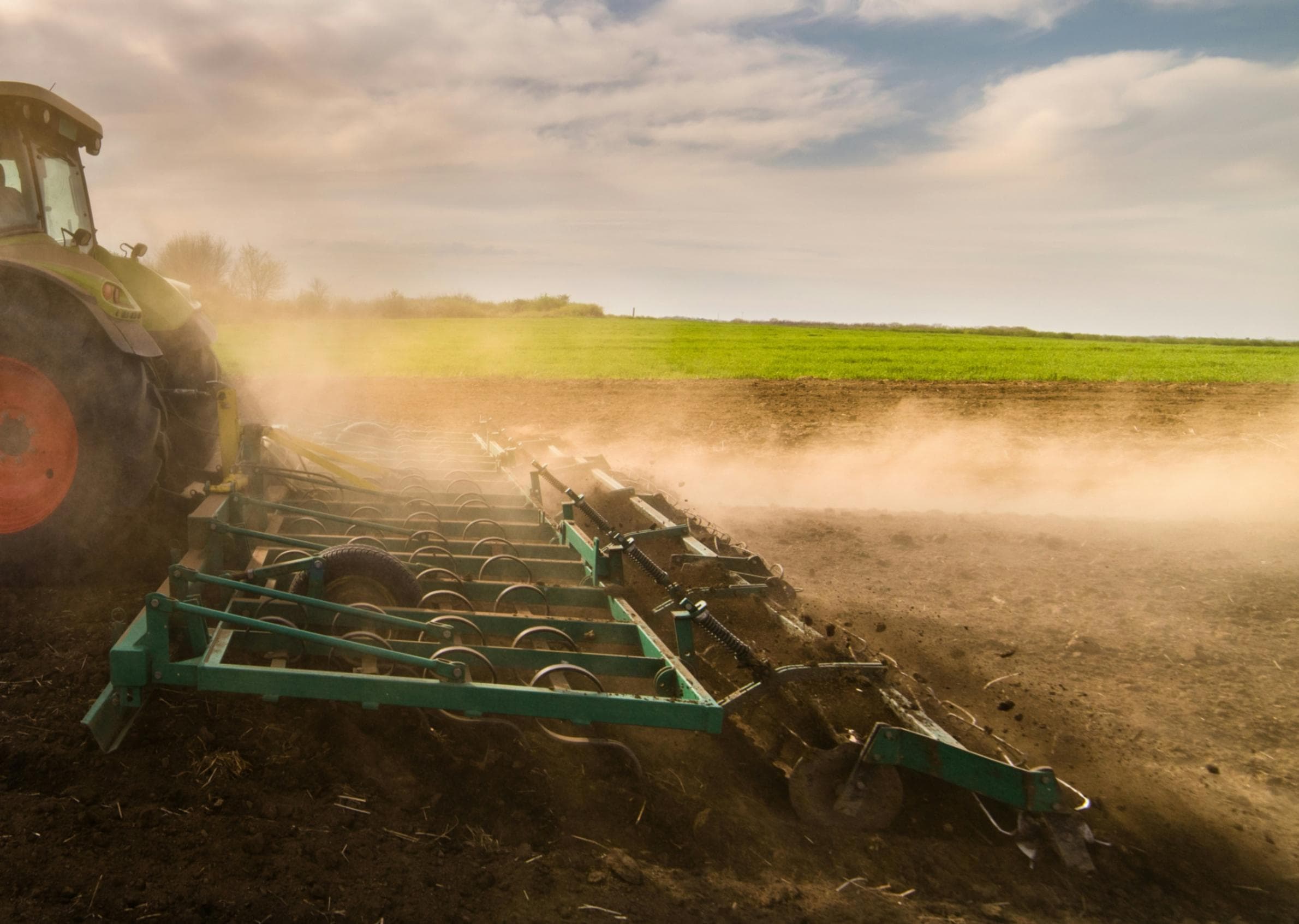
Regenerative Agriculture: The Secret Weapon Against Climate Change
At the core of regenerative agriculture is a focus on rebuilding soil structure and function. Practices like cover cropping, no-till farming, and compost application directly influence the organic matter content of soil, which determines its ability to retain water, resist erosion, and cycle nutrients. Healthy soil contains a thriving microbial ecosystem that facilitates carbon sequestration by storing atmospheric carbon dioxide (CO₂) in the form of stable organic compounds. This process not only reduces greenhouse gas concentrations but also improves the soil's fertility and resilience against extreme weather events such as drought and flooding. Research from the Rodale Institute found that regenerative practices can sequester more than 2,700 kilograms of CO₂ per hectare per year in some systems, making it a viable tool for climate change mitigation when widely adopted1.
No-till farming, in particular, helps preserve soil structure and microbial life by minimizing disturbances. Traditional plowing releases stored carbon into the atmosphere by exposing organic matter to oxygen, accelerating decomposition. In contrast, no-till methods maintain the integrity of the soil matrix, allowing roots and fungal networks to trap and hold carbon more effectively. Combined with cover cropping, which keeps living roots in the soil year-round, these methods generate a continuous carbon sink. Cover crops like clover, vetch, and ryegrass also fix nitrogen, improve water infiltration, and suppress weeds, significantly reducing the need for synthetic fertilizers and herbicides that contribute to emissions and water pollution2.
Rotational Grazing and Livestock Integration
Rotational grazing is another regenerative technique that mimics the natural movement of wild herbivores across grasslands. By moving livestock frequently between paddocks, pastures are given time to recover, promote biodiversity, and increase soil organic matter. Well-managed grazing systems stimulate plant growth, enhance root biomass, and improve carbon capture. A 2020 study published in “Agriculture, Ecosystems & Environment” demonstrated that adaptive multi-paddock grazing can increase soil carbon stocks by up to 30% over conventional continuous grazing systems3.
Livestock integration also plays a role in nutrient cycling. Manure and urine return organic matter and nutrients directly to the soil, reducing the need for synthetic inputs. When grazing is balanced with vegetative recovery periods, pastures can remain productive without degrading. Municipal land managers overseeing public or leased rangelands can implement rotational grazing principles to improve ecosystem services, such as water regulation and erosion control, while also supporting local food systems. These models are already being used in public-private partnerships on conservation lands and can be scaled with appropriate monitoring and stakeholder engagement4.
Real-World Examples of Regeneration in Action
In North Dakota, rancher and soil health advocate Gabe Brown transformed his degraded cropland into a thriving, carbon-rich system using regenerative principles. By employing no-till seeding, diverse cover crops, managed grazing, and compost applications, Brown increased organic matter levels from less than 2% to over 6% in just two decades. His farm now retains more water, supports more wildlife, and produces higher yields with fewer inputs. Brown’s approach has been extensively studied and cited as a replicable model for mixed farming operations across the Midwest5.
Internationally, the Loess Plateau restoration project in China showcases how regenerative land management can reverse desertification. Through controlled grazing, terracing, reforestation, and cover cropping, over 35,000 square kilometers of degraded landscape were restored, improving rainfall infiltration and increasing agricultural output. The project, coordinated with support from international development agencies and local governments, demonstrates how coordinated policy and land management efforts can lead to large-scale regeneration and climate resilience6.
Municipal Policies That Support Regenerative Agriculture
Municipal governments have a unique opportunity to integrate regenerative practices into local land use planning, food policy councils, and climate action strategies. Zoning regulations can prioritize agricultural land preservation and encourage urban edge farming that uses regenerative methods. Local procurement policies that favor food grown through regenerative practices can support market development and create incenti
Read-Only
$3.99/month
- ✓ Unlimited article access
- ✓ Profile setup & commenting
- ✓ Newsletter
Essential
$6.99/month
- ✓ All Read-Only features
- ✓ Connect with subscribers
- ✓ Private messaging
- ✓ Access to CityGov AI
- ✓ 5 submissions, 2 publications
Premium
$9.99/month
- ✓ All Essential features
- 3 publications
- ✓ Library function access
- ✓ Spotlight feature
- ✓ Expert verification
- ✓ Early access to new features
More from Agriculture
Explore related articles on similar topics





